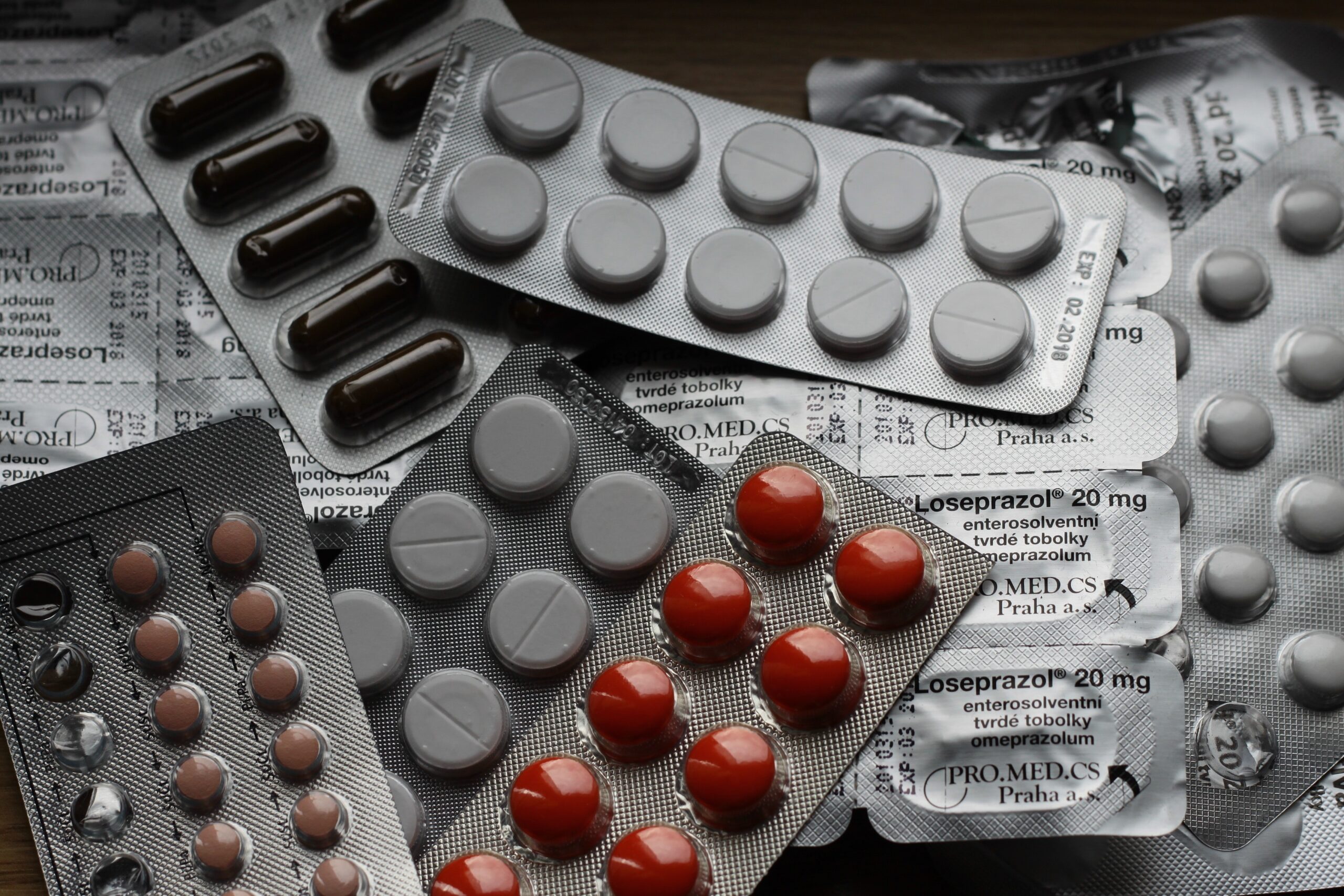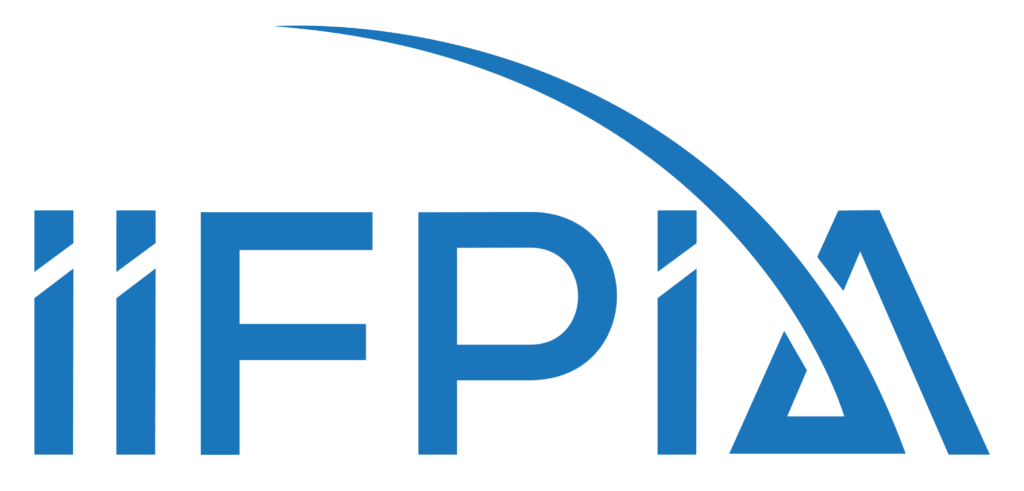Introduction
CVS Health is a global pharmacy retailer in the U.S. But, do you know how CVS pharmacy’s business model works? Why people are rushing so much to buy or sell the CVS health stock in the past few months? Well, you’re on the right path. This article will guide you towards the various business models of the company, how CVS makes money, and the reason why the CVS health’s stock dividends are constant for few years. Let’s check it out.
It is the third-largest U.S. health insurer, with a market value of $71 billion. CVS Health offers prescription drugs and health and wellness products, services, and advice through its more than 9,600 retail locations in all 50 states, the District of Columbia, Puerto Rico, and the U.S. Virgin Islands, as well as its pharmacies in the U.S., and its global care operations.
History Of CVS Health
CVS Health or Consumer Value store is an American chemist store. They have many stores across the U.S and globally. But, do you know who started this new chain of health stores? Well, keep on reading further. CVS Health was founded in 1963. Three partners namely; brothers Stanley and Sidney Goldstein and Ralph Hoagland started CVS. In the initial years, there were 17 stores established. They used to deal in beauty products. Later, in 1969, they sold off CVS to Melville Corporation. In the 1970s, they acquired many pharmacy stores. This included Clinton Drug and Discount Stores and Mack Drug stores. Thus, they got to enter the England and Indiana areas. In 1983, Hemophilia patient home health care was launched. It is a health care treatment for Hemophilia patients. In the period of 1990-2014, major acquisitions happened.
Caremark Rx, in 2007, joined hands with CVS corporation and completed their merger. And, CVS was named Caremark in the same year. But, in 2014, a big incident happened. CVS announced that they will stop operating cigarettes and tobacco products in their stores. They also launched a national tobacco program that had an aim to stop the use of tobacco and cigarettes in the country. In the same year, they changed their name to CVS Health. On November 18, 2021, they announced that they are planning to close 10% of its stores i.e 900 stores. Likewise, on December 2, 2021, they stated that they are planning to have a partnership with Microsoft. Thus, their acquisitions had a huge impact on the CVS pharmacy’s business model.
Core Beliefs Of CVS Health
CVS health cares are located at each and every part of the U.S. The company’s headquarters is located in Woonsocket, United States of America. CVS health make most of its money from pharmacy stores. Now that you know about the history of CVS health, let’s look into the core principles of the company.
Placing People First
CVS has a strong customer base worldwide. They strive to provide better services to the people. Thus, to cater to the needs of the people, they try to fulfill the needs of the customers. Basically, they want to treat customers as the king. Because, if they will provide better services, consumers will again purchase from them. For example, if you have two pharmacy stores in your area. One provides a 20% discount, while the other gives 10%. You will definitely go to the first store because it is providing you with extra benefits. Similarly, even CVS health works. At the end of the day what matters is customer satisfaction. Thus, will again visit the store. There is 60 days return policy on beauty products and a Return Policy for CVS Pharmacy. If there is a valid reason you will get 100% money back.
Innovation
CVS has always encouraged innovation. Their main motive is to create such solutions that will ease their work. They want their teams to come up with such solutions that will improve the customer experience. For instance, they provide customers with a filling, refilling prescriptions on their mobile app. The app also provides loyalty points to its customers. Also, many discount codes and coupons get offered to customers. One such feature they will launch is CVS vending machines. Through these machines, you will be able to buy products anywhere like hotels, airports, malls, even college campuses. They are also coming up to tie with Epic software. Epic software allows you to keep an electronic health record of its customers. More than 50% of people use this software for keeping their medical bills and records. Thus, this adds a lot of value to the CVS pharmacy’s business model.
Develop Trust
If trust is one-sided, the other person considers it like rust. Every business has the only aim of developing trust within their customers. There must be mutual trust between the company and the customers. Trust is what drives the company. CVS Health has gained the trust of more than 100 million people And the number is increasing with time. Over 30 million people use their digital tools. After the ban of tobacco and cigarettes products, the trust has increased to a greater extent.
CVS Pharmacy's Business Model
Now that you know the principles of CVS health, let’s look at CVS pharmacy business model and how this model has helped them to make money out of it. Here are the top business strategies of CVS Health.
Pharmacy Benefit Management Business Model
The pharmacy benefit management business model (PBM) is very popular in the pharma sector. But, what is PBM? Well, PBM is a model where the company manages the supply chain of Pharma products. They apply certain generic strategies in their model. This helped them achieve low-cost advantage against their competitors. CVS Caremark is a perfect example of the PBM model. CVS tries to bundle all the bargaining power of the customers and use them against the suppliers. Suppliers here mean the pharmaceutical companies.
You might be wondering if CVS is trying to please the customers, how do they make money? Well, they make money from the cost savings. Even Walmart uses the same strategy. They try to bargain high with the suppliers so that they get products at a lower price and the same discount is passed to the customers. This enables the customers to buy generic medicines at a discounted price. Therefore, it has been one of the important strategies of the CVS pharmacy’s business model.
Click-and-Mortar Business Model
The second most used strategy of CVS health is the Bricks and Clicks model. But, what is the Bricks and clicks model? Well, the name itself gives the answer. The bricks (i.e offline) and the Clicks (i.e online) are clubbed together. The other name for this model is Omnichannel retail strategy. Here, in this case, the normal medical store gets connected with the online website or the app of the company. Nowadays, many companies have opted for this retail technique.
So, for example, if you want to buy a particular medicine from the store, all you do is go to their app or website. Once you open the app, just buy and you get your medicine. Now that’s where this model came into the picture. When you bought medicine from their website, it was done with One-click (online). He packed the medicine and it got delivered to you. Here, the brick that is the physical store got in touch with the online app. Thus, they get in touch with each and every customer online.
Various Segments
CVS offers services to various customers segments. They serve a wide range of clients in the health and pharmaceutical industries. Basically, they serve many commercial clients. Commercial clients include employers and insurance companies, trade unions, people working in the government sector, etc. The company also serves other health benefit plans. CVS’s retail operations serve the general consumer market. Their major focus still stays with the local customers. It also provides over-the-counter medicines, as well as other consumer products. Although they have a number of stores in the U.S, there are not many stores across other countries. According to Fortune 500, they bagged the 4th rank and as per Fortune Global 500, they are on 7th rank respectively.
Subsidiaries Of CVS Health
CVS has acquired many companies in the last two-three decades. The count of acquisitions is limitless. They acquired 84 Clinton Drug and Discount Stores in 1972. In 1977, CVS acquired 36 New Jersey-based Mack Drug stores. From 1988-to 2000, CVS health purchased 6 companies. They include Heartland Drug, 500 Peoplesdrug stores, 2,500 Revco drug stores, 207 stores from Arbor Drugs, Soma.com, Stadtlander pharmacy. In 1994, CVS health launched Pharmacare, a PBM company. Eventually, in 2001, they launched the ExtraCare loyalty card program. More than 30 million people took benefit of this program. in 2004, they acquired 1,268 Eckerd drug stores and Eckerd Health Services. This gave them a way to create a presence in the southern parts of the U.S.
In 2006, they acquired 700 freestanding drug store operations of supermarket chain Albertsons. Also, they brought MinuteClinic in the same year. Whereas in 2008, they acquired 541 stores of Longs Drugs stores. Lastly, from 2014-to 2018, they had a total of 5 acquisitions. These include acquiring Coram, 33 Miami-based Navarro Discount Pharmacy stores, Omnicare, Target Corporation’s 1,600+ pharmacies, and retail medical clinics inside Target stores. The major acquisition of CVS health was Aetna in 2018. Thus, the CVS health stock dividend also saw a rise in 2018. After that, it has been constant.
CSR Of CVS Health
CVS has been doing many CSR activities in the past years. According to 3BL magazine, CVS health bagged 12th rank for CSR. The Covid 19 pandemic had given rise to food hunger. People didn’t have food because people were left with no money. So, CVS Health tried to provide $5 million to many people across the U.S. In total, from all the campaigns, they raised a total amount of $8.4 million. In 2020. they have donated more than $116 million in food products to many people and fed the needy. Through the project Health Initiative, they donated $2 million to NAFC (National Association for Continence). Even the employees of CVS health corporation were helped during Covid 19. CVS offered emergency grants of $3 million to the employees so that they can use it for the rest of the year.
In January 2021, they announced a five-year scholarship worth $5 million in partnership with UNCF. Likewise in 2020, they joined hands with the “How2Recycle program”. Also, they have installed 2,800 safe medication disposal units in CVS pharmacy locations. They have also donated more than 1000 disposal units to police officers. Approximately, there are more than $6.4 million free medical services provided by Project Health. Nearly 25,000 military members, veterans, and their spouses were hired in 2015. Lately, they were named to CDP A-List. They are one of only 34 U.S.-based companies to be honored with this recognition for climate change leadership.
How Does CVS Health Make Money
There might be a question arising, how do CVS health make money? Well, keep on reading further. CVS’s pharmacy division is responsible for more than 67% of its revenue. In 2021, CVS health’s total revenues increased to $292.1 billion, up 8.7% compared to the prior year. Most of revenue comes from the PBM sector. In other words, it is the amount that insurers and the plan members. Whereas, maximum money comes from retail pharmacy stores like CVS pharmacy. CVS health makes money primarily from the health insurance filled as per the prescription drugs.
Also, do CVS also make money from selling gift cards? Sounds absurd right. Well, this is true. Whenever you purchase one vanilla reload card of purchase limit of $500 at a CVS store, they get roughly 1%. Vanilla reloads are a type of pre-paid gift/credit card. It seems less but slowly they increased the limit from $1000 to $5000. That’s how CVS health makes money from cards and different sources.
Financial Figures Of CVS Health
In 2021, the total revenues of CVS health are $292,111 million. There was an 8.7% increase as compared to the last year. The number of Cash flows generated from operations was $18.3 billion. They announced a 10% increase in the CVS health annual stock dividend as of February 1, 2022. This might allow people to either buy or sell CVS stocks. The net income as of 2021, was $7898 whereas, in 2020, it was $7192. Whereas the medical membership was $23.8 million in 2021. In the Pharmacy services segment, the Gross profit stands out to be $8138 million. Similarly, different subsidiaries of CVs health also saw a good increase in their amounts.
Stock Prices Of CVS
Now that you know about the financial figures of the company, let’s look at the CVS stock prices and dividends. CVS health corporation first got listed on the U.S stock exchange in 1982. The ticker name was “CVS”. The stock price on February 26, 1982, the stock price was $2.70. It was steady for a couple of years. On May 30, 2008, the price was $42.79. After that, the price of the stock started falling down. There was chaos in whether to buy or sell the CVS stock. Once again, the price rose high to $112.47 on July 31, 2015. But, after that, there was going to be something that was going to repeat history. On May 31, 2019, the price dropped drastically to $52.37. This forced many people to buy and sell the CVS stock. Since after that, the market is surging high.
Analysis And Interpretation
Financial Analysis guides us on whether we should buy or sell stocks in the future. According to the New York Post as of February 9, 2022, CVS expects to see a drop of 80% in the Covid vaccines sale. Because of this news, the share price has dropped from $110.83 to $105.33. During the whole day, the price is moving up and down. Those who knew the market planned to either buy or sell the CVS stock. As per the analysis, the price is expected to fall further. Not too much but by a small amount. Therefore, this is a good time to buy rather than sell the CVS health stock.
Looking at the financials of 2021, the company is doing moderately well. The figures are pretty stable, there hasn’t been much increase as compared to last year. The EBITDA in the year 2021 was $12,935, a slight increase of 4.43% as compared to last year. The CVS health stock dividend has been $2.05 for the past few years. In 2013, the CVS health stock dividend saw an increase of 38.04%. Whereas from 2014 to 2020, the growth of CVS health stock dividend was ranging between 22.22% to 17.65%. Again in 2020, there was an increase of 10% as compared to 2019. As per the forecast, the company might do better in the next half of the year.
Conclusion
CVS Health is a company that focuses on providing healthcare and pharmacy services to the general public. This article explained the CVS pharmacy’s business model. Also, CVS health stock dividend has affected the mindset of the investors. Due to frequent rise and fall, people are in a rush to buy or sell the CVS health stocks. But, overall it is a good company as per the financials. They have an outstanding reputation for delivering high quality healthcare and we hope that this article has helped you learn more about their company and the way they are able to improve the healthcare industry.





